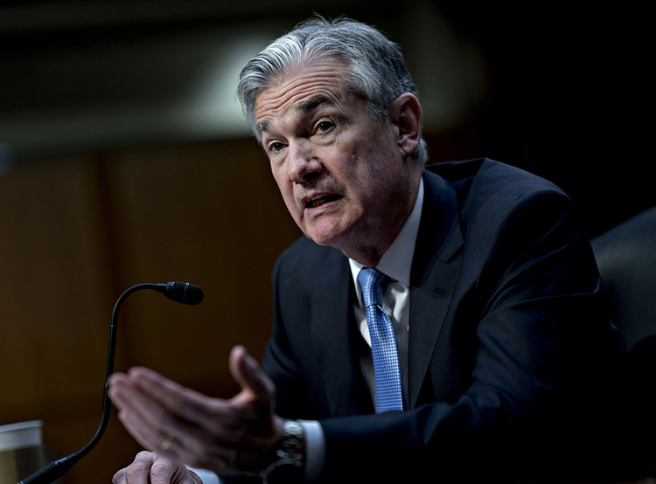Forecast predicted no move in the federal funds rate until at least 2022
Federal Reserve policy makers will keep interest rates on hold this year and next, and will wind up their efforts to boost excess bank reserves by June, according to economists surveyed by Bloomberg.
In the Jan. 21-23 poll, the mean forecast from 28 respondents predicted no move in the federal funds rate until at least 2022, the same as the average estimate from a similar survey in December. The target range for the central bank’s benchmark rate is currently at 1.5%1.75%.
Fed officials will meet Jan. 28-29 in Washington. After the last Federal Open Market Committee gathering, Chairman Jerome Powell made clear he and his colleagues wouldn’t move rates until there was a “material reassessment” of their outlook for the economy.
Economists had a broad range of forecasts for when the Fed would stop buying Treasury bills, though June 2020 received the highest response at 43%. Respondents overwhelmingly expected officials will taper the monthly purchases rather than stop them suddenly. The Fed has been buying $60 billion in T-bills each month since September.
A scarcity of bank reserves was blamed for an unexpected spike in overnight funding rates in September. This led the fed funds rate to stray briefly out of its target range. The new cash created by the Fed’s T-bill purchases has since relieved that scarcity. The Fed, intent on insuring an ample supply of reserves, has said it will continue the purchases at least into the second quarter.
Central bank officials have emphasized the difference between this program and its past purchases of longer-term Treasury bonds, known as quantitative easing, that were aimed at lowering borrowing costs and stimulating the economy.
Stock prices
Despite that, many market commentators have credited the recent re-expansion of the Fed’s balance sheet with boosting stock prices. In the survey, 68% of economists agreed the purchases have lifted equities, though many indicated there was no rational explanation for that.
“Bill purchases are not technically QE, but the Fed has lost that communication battle,” Roberto Perli, a former Fed economist and partner at Cornerstone Macro LLC in Washington. “Most investors think bill purchases are indeed QE and are acting as if they were. The result is that equity valuations are being boosted beyond what’s justified by current earnings forecasts and economic conditions.”
Economists made clear they believe the U.S. economy is on firmer ground than last year, likely due to easing trade tensions and an apparent resolution to Brexit uncertainties. The proportion of respondents saying risks to inflation and growth were to the downside fell to 52% from 77% in December. In addition, the economists’ median response put the probability that the Fed would be forced to cut rates to zero in 2020 – a recession scenario – at 15%, down from 20%.
About a third of respondents said they expected the Fed to increase the rate of interest it pays on bank reserves, known as IOER. Such a technical move would shift the effective fed funds rate closer to the mid-point of the central bank’s target range. The effective rate has been at 1.55%, close to its lower bound, for almost three months.
In the past the Fed has done the reverse, lowering IOER relative to the target range when the effective rate threatened to rise above the upper bound.



